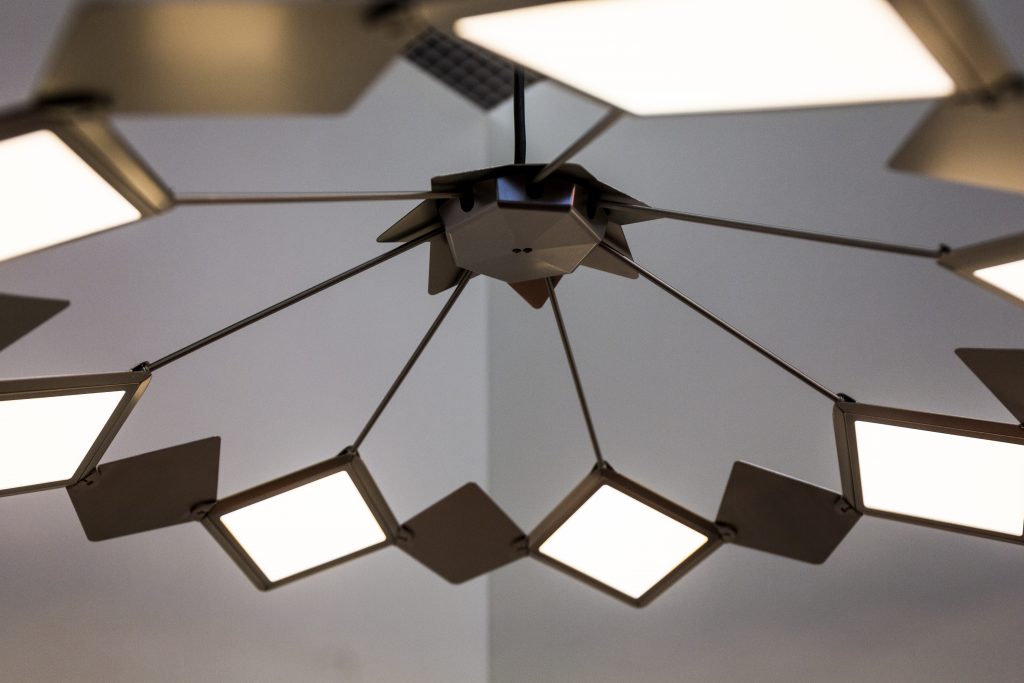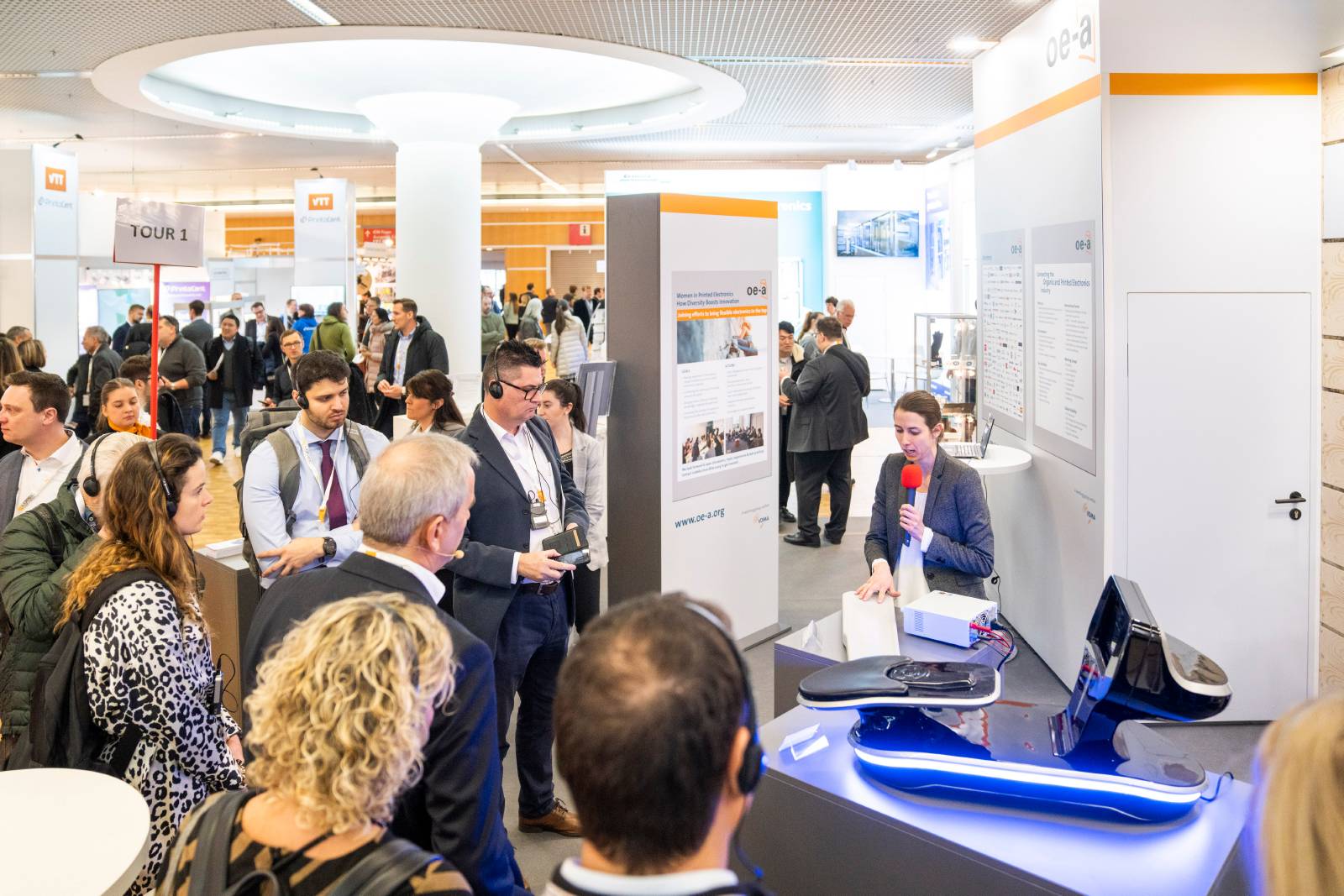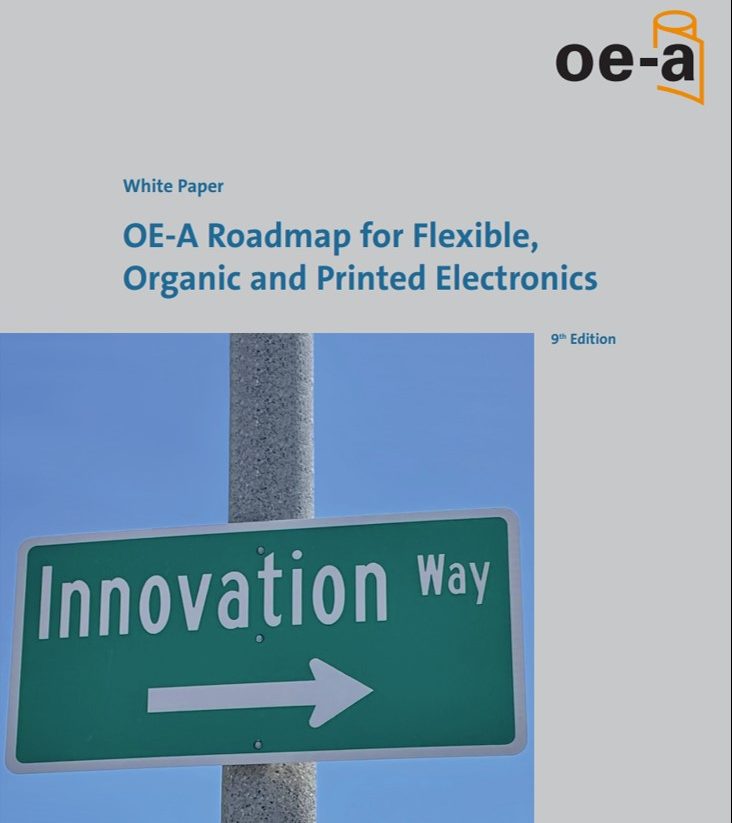The construction industry is being transformed by the trend of smart buildings. Sensors embedded in construction materials for monitoring both during and after construction can measure and control material quality, energy usage and a range of other important factors for wellbeing such as humidity, mold or gases. Companies are commercializing such RFID-equipped sensors and are looking to improve the range of sensing as well as the effectiveness of systems by incorporating energy harvesting / storage and novel sensors based on printed electronics. This technology is also starting to enable active energy management through the integration of OPV into roofs and facades and the development of smart windows. In addition, printed electronics is beginning to transform building design; OLED lighting is being increasingly used for decorative, architectural and functional lighting, due to its freedom of shape and conformity to complex shapes. Furthermore, both flat and flexible or conformable electrophoretic, OLCD and OLED displays are integrated seamlessly into building interiors for signage and decoration.
Application Examples

Organic Photovoltaic Foils
Flexible photovoltaic modules produced in roll-to-roll processes enable the easy integration of lightweight power-supply in objects with any shape.

Organic Lighting
OLED lamps offer superior lighting efficiency and homogeneity over traditional light sources.

Intuitive Interaction
Human-Machine interfaces can be integrated into flat surfaces to allow touch-control interaction, displaying of information with energy-efficient OLED technology and functional integration of all kinds of sensors.





